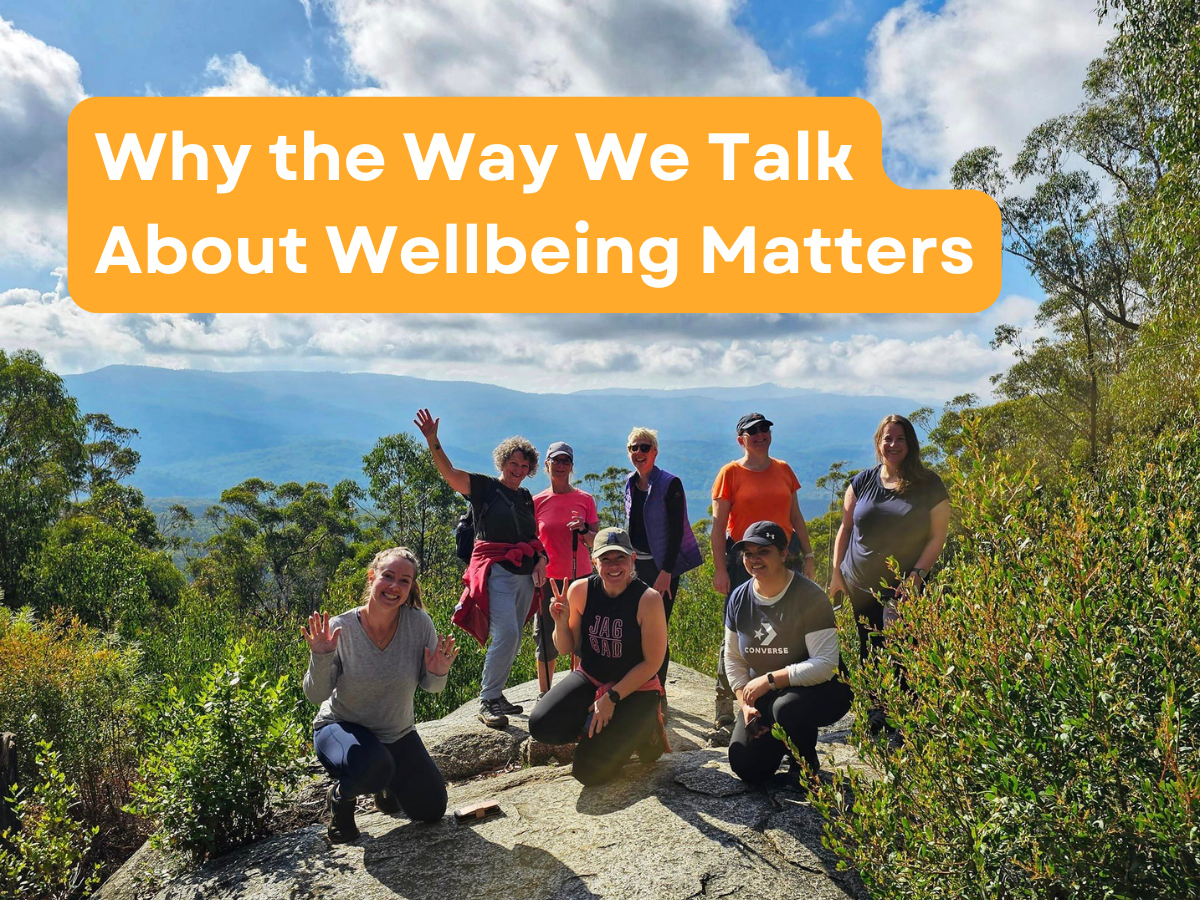When I started studying wellbeing science through my Master’s of Applied Positive Psychology, one of the first things I realised is that we don’t actually have a universally agreed-upon definition of wellbeing. Even the way we spell it, either well-being or wellbeing, is debated.
Despite this, two core ideas consistently emerge: subjective happiness (how we feel in the moment, pleasure over pain) and a life worth living (the deeper, more sustained sense of meaning and fulfilment, connection and thriving).
The problem? We live in a society that promotes subjective happiness or hedonic wellbeing above all else. The media, advertising, and even workplace wellness programs often push quick fixes: relaxation, massages, yoga, or mindfulness apps. But true wellbeing isn’t just about avoiding discomfort or momentary happiness, it’s about developing the skills, connections, and purpose that allow us to thrive.
The language we use around wellbeing shapes how we think about it, measure it, and ultimately, how we pursue it. If we misunderstand what wellbeing really is, we miss the mark on how to achieve it on every scale, from the individual, to workplaces, and to society.
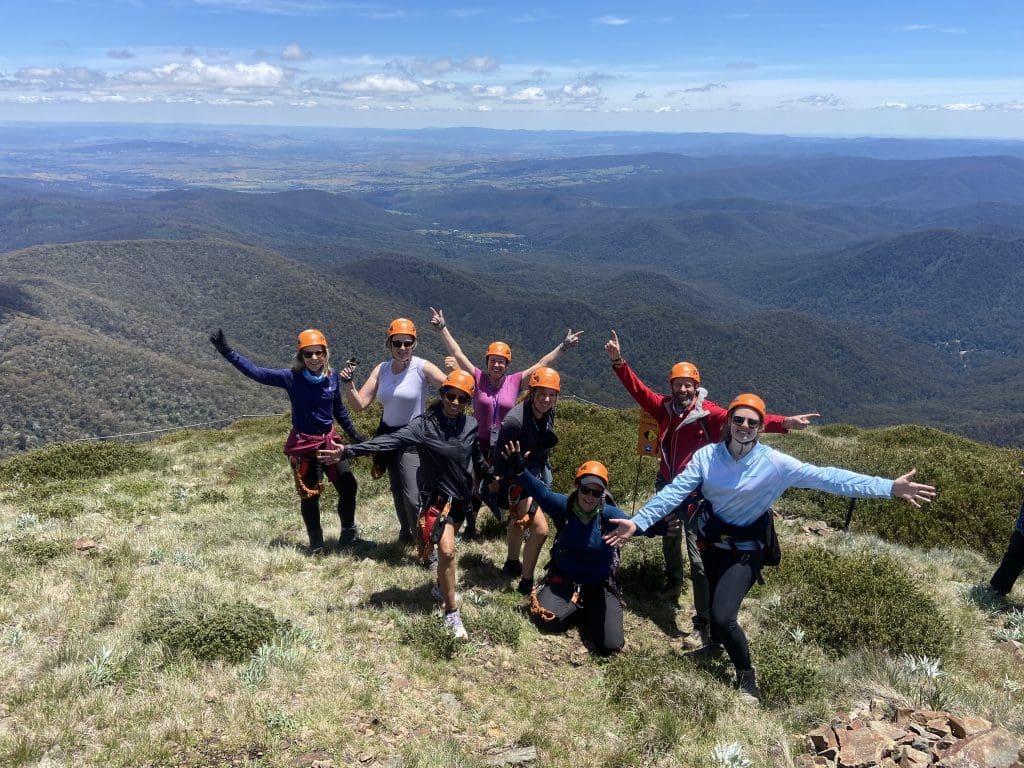
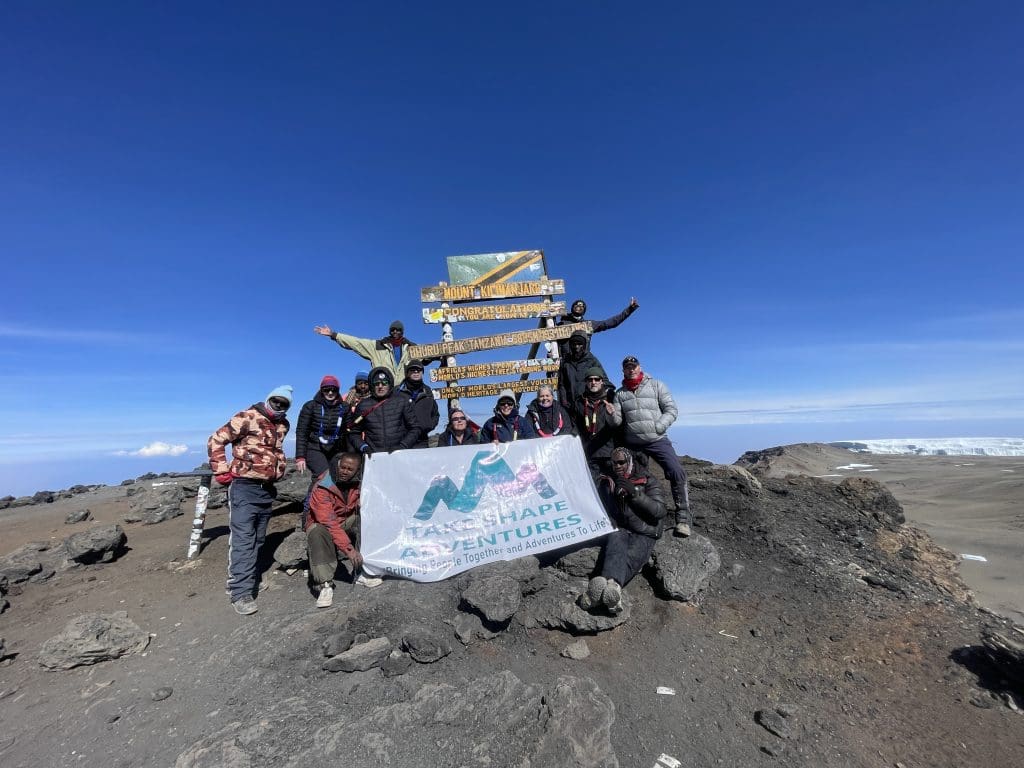
The trap of Hedonism
Unfortunately, from an evolutionary stance we are prone to negativity and avoiding pain. Sunsets are nice but being on guard and staying safe in our cave away from a tiger kept us alive. Calories weren’t abundant so our brains taught us to conserve energy and eat as much sugary fatty stuff as we could. We are wired to avoid discomfort.
It’s much easier to stay in bed when the alarm goes off for a morning workout. It’s easier to reach for fast food than to prepare a balanced meal. The long-term benefits of exercise, nutrition, and self-care often feel distant, while instant gratification is available now.
The same thing happens with workplace wellbeing initiatives. Employees may be offered wellness programs, incentives, and policies designed to improve wellbeing, but if the culture prioritises being perceived as productive over true engagement, those policies don’t translate into real change.
I saw this first-hand on a recent hike when I asked someone working for one of Australia’s largest companies, “What does your workplace do for wellbeing?”
Their response? “Not much. We get to work from home occasionally, have a gym that no one uses, and are given fruit occasionally. Then there’s the painful dinner or drinks. There are a few incentive programs, but honestly, the workload is overwhelming, and the culture doesn’t really support it.”
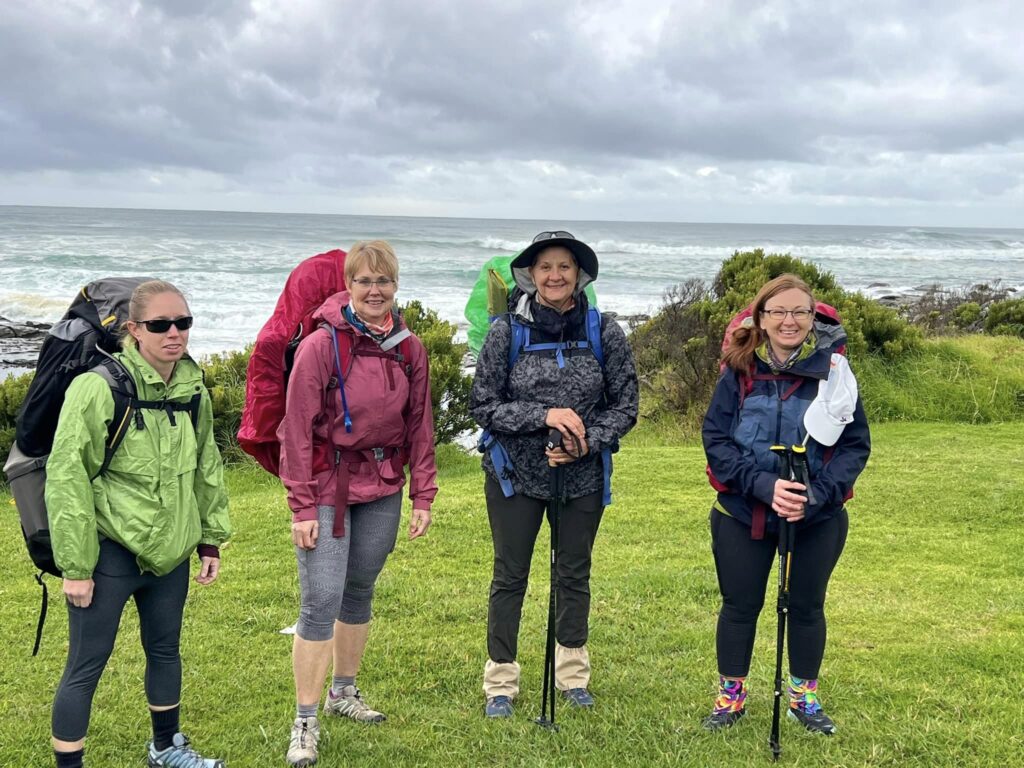
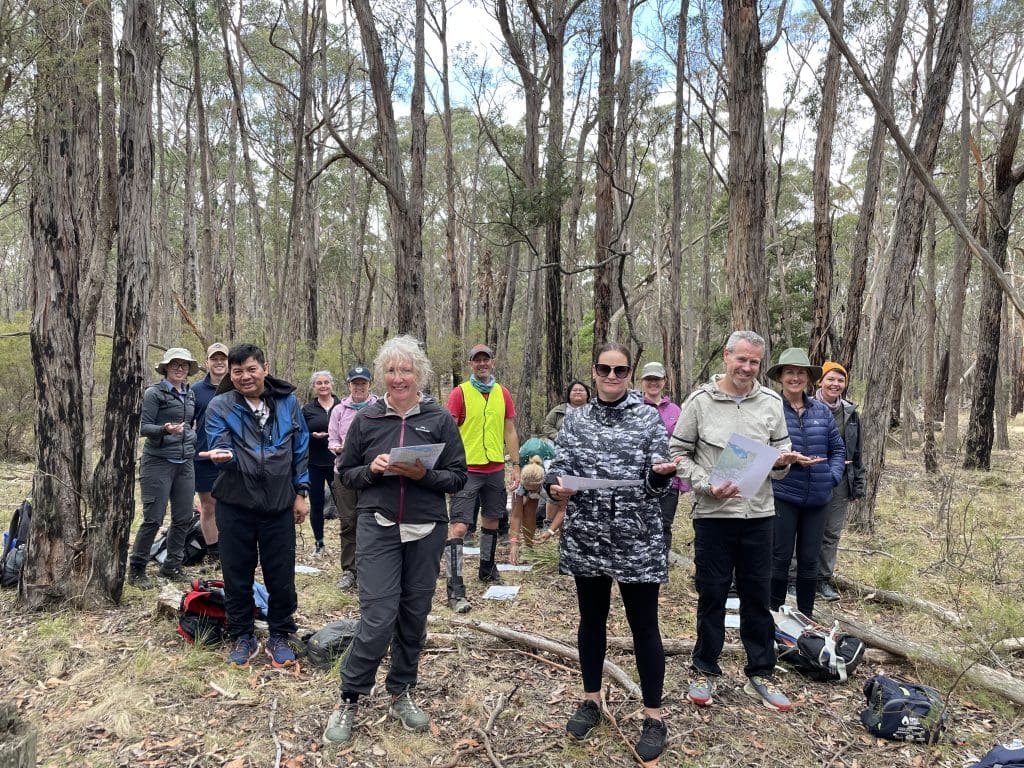
A few months later, on a different hike, I happened to meet someone from the same company, but this time from the HR leadership team. Me being into wellbeing and remembering the previous conversation, I couldn’t wait to hear what they had to say. Their answer was completely different:
“We have been working hard at developing policies around flexible working from home arrangements, safety and connection policies, and incredible wellbeing initiatives! We offer recovery days, connection hubs, and great mental health policies.”
Same company. Two vastly different experiences of workplace wellbeing. This gap happens because of wellbeing literacy. The language we use to communicate wellbeing is often different from how people experience it. If a workplace says it “cares about wellbeing” but only measures it through surface-level policies, people feel the disconnect.
Wellbeing beyond the individual: me, we and us
Most of us think of wellbeing at the individual level, thinking, “What do I need to do to improve my wellbeing?” But wellbeing isn’t just a solo pursuit. It exists at three interconnected levels:
Me (Individual Wellbeing): Sleep, nutrition, exercise, mental resilience, purpose. A common misconception here is thinking, “If I just eat better, exercise more, and meditate, I’ll be well.”
We (Interpersonal Wellbeing): Our teams, families, friends, and colleagues. Wellbeing at this level is contagious. The five people we spend the most time with impact our own wellbeing. How do we foster connection, challenge, and shared experiences with those around us?
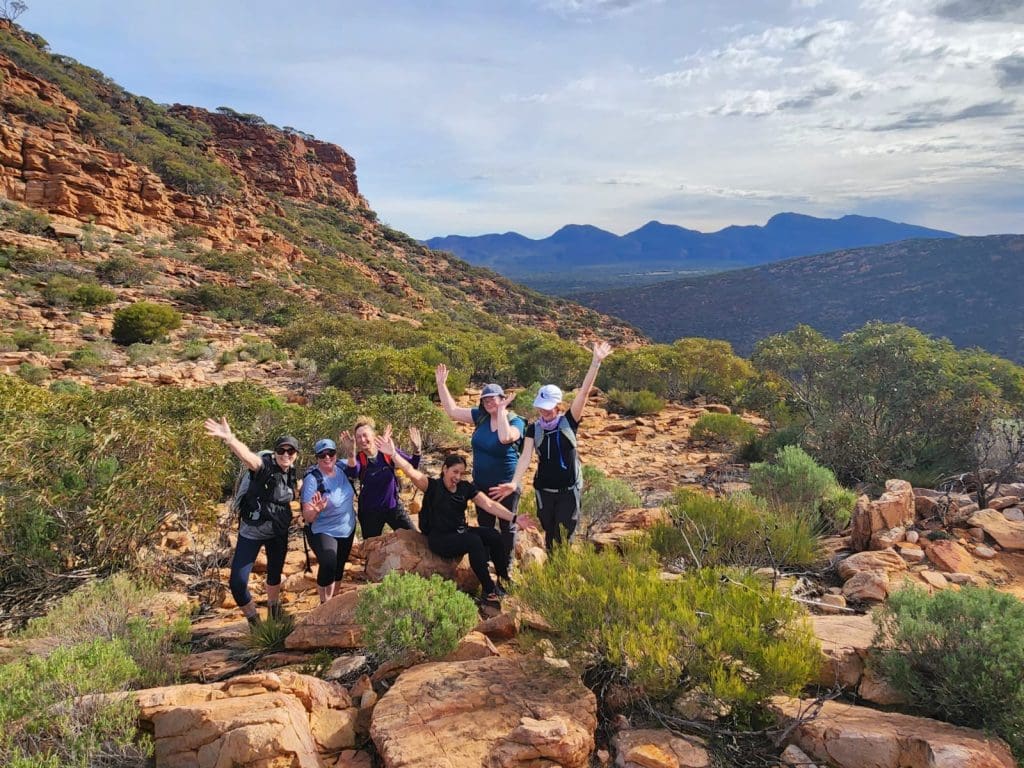
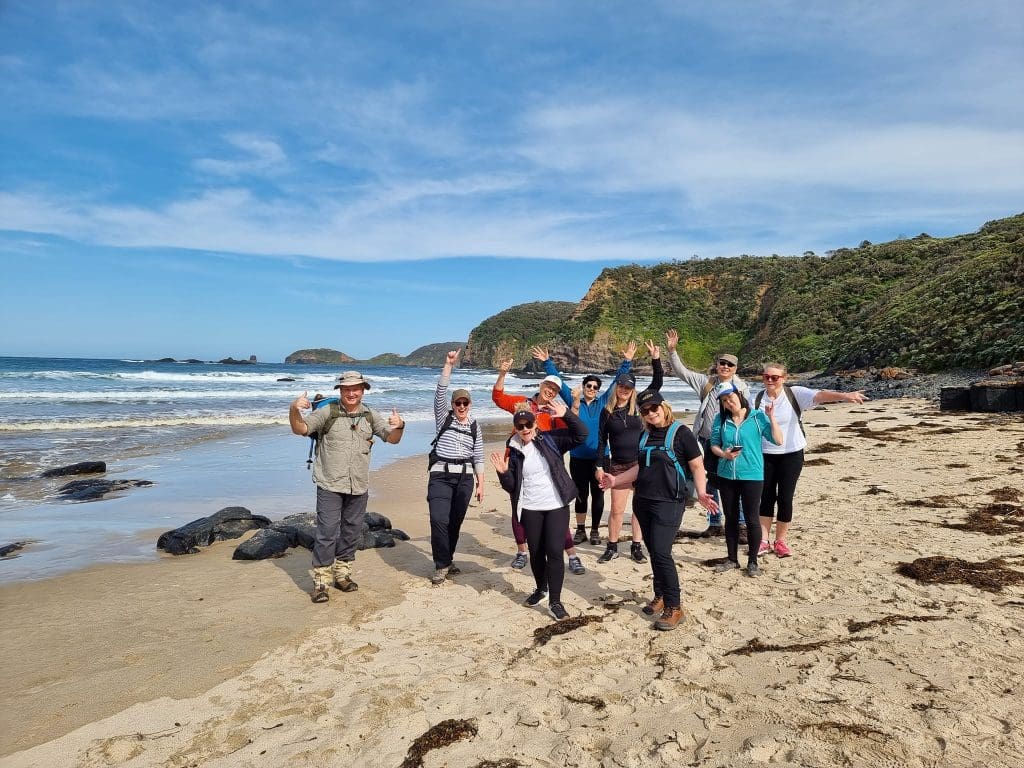
Us (Collective & Organisational Wellbeing): Workplace culture, government policies, social structures. No matter how much an individual prioritises their wellbeing, if they work in a toxic workplace or live in a society that promotes burnout, they are constantly swimming upstream.
Imagine trying to improve your health while living in a city that doesn’t provide access to parks or fresh food. Imagine trying to sleep well in a workplace that rewards long hours over rest. Individual action matters, but systems and culture determine how sustainable our efforts can be.
Wellbeing literacy is the missing piece
Wellbeing frameworks suggest that our ability to talk about, measure, and define wellbeing directly impacts how we experience it. If leaders only define wellbeing as “stress management,” they will overlook the deeper systemic factors that actually drive engagement, innovation, and long-term wellbeing.
For example, a workplace offers yoga and meditation, but employees feel isolated and overwhelmed by workload. A company gives employees flexible work arrangements but punishes those who take advantage of them. A person focuses on diet and fitness but neglects sleep and social connection, which are more strongly linked to longevity.
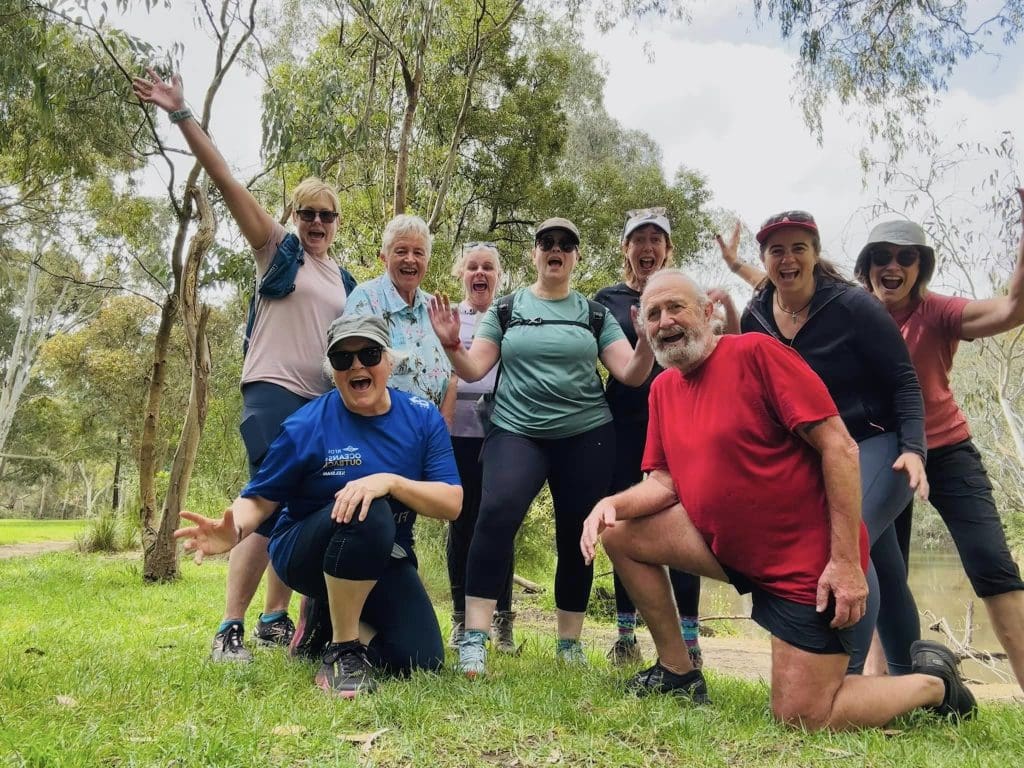

This mismatch between policy and perception is why many people don’t feel supported, even when structures are in place. It’s not just what we do, it’s how we communicate, integrate, and apply wellbeing strategies.
It’s time to rethink wellbeing
One of the most harmful ideas we’ve normalised is the burnout-recovery cycle Work hard until you crash. Take a vacation, go to a retreat, or do something “self-care” focused. Return and repeat the same cycle. But real wellbeing isn’t about burnout and recovery, it’s about adaptability and resilience.
It’s about developing an adventure mindset that allows you to embrace challenges, uncertainty, and growth as a way of life rather than something to escape from. Think of it like a long hike instead of running a sprint. It’s not a straight path; it includes peaks, obstacles, and moments of exhilaration. It’s sustainable.
How to improve your wellbeing literacy
Ask yourself: What does wellbeing mean to me? Is my definition too narrow (only focused on diet, exercise, stress relief)? Am I considering my social and workplace environment for my wellbeing?
Recognise the “We” and “Us” levels of wellbeing. Who do I spend time with? Are they supporting my wellbeing? Does my workplace genuinely support wellbeing beyond just policies?
Shift from hedonic wellbeing (comfort) to eudaimonic wellbeing (growth). Do I see wellbeing as just relaxation and avoiding discomfort, or do I see it as building skills, resilience, and meaningful connections?
Improve your wellbeing literacy at work. Leaders: Does your workplace communicate wellbeing effectively? Employees: Does your experience of wellbeing match what’s being offered?
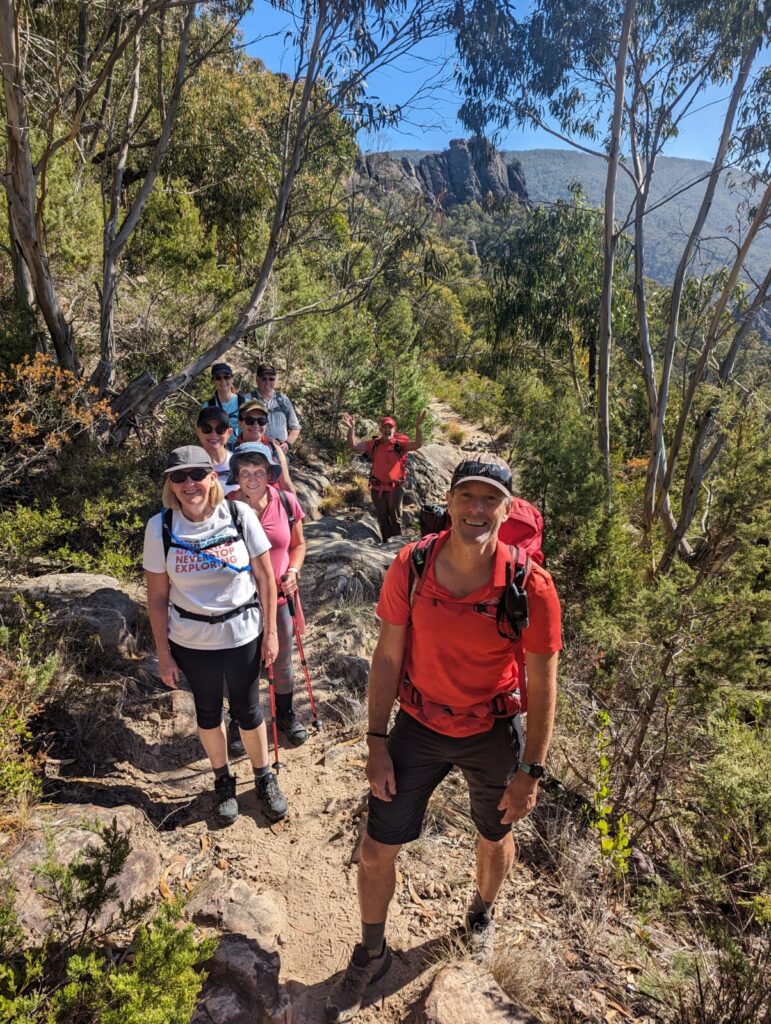
Wellbeing isn’t just yoga, diet, or self-care apps, it’s the systems, relationships, and culture that shape our ability to thrive. If we want to truly redefine wellbeing, we need to expand our definition beyond the individual, improve the language we use to talk about wellbeing, and create environments that support sustained, adaptable, and meaningful wellbeing.
Because at the end of the day, wellbeing isn’t just about feeling good, it’s about living well.
If you want to increase true wellbeing in your workplace, reach out to us at hello@takeshapeadventures.com.au and let’s start a conversation. This is the first step to achieving work-life balance and thriving.


